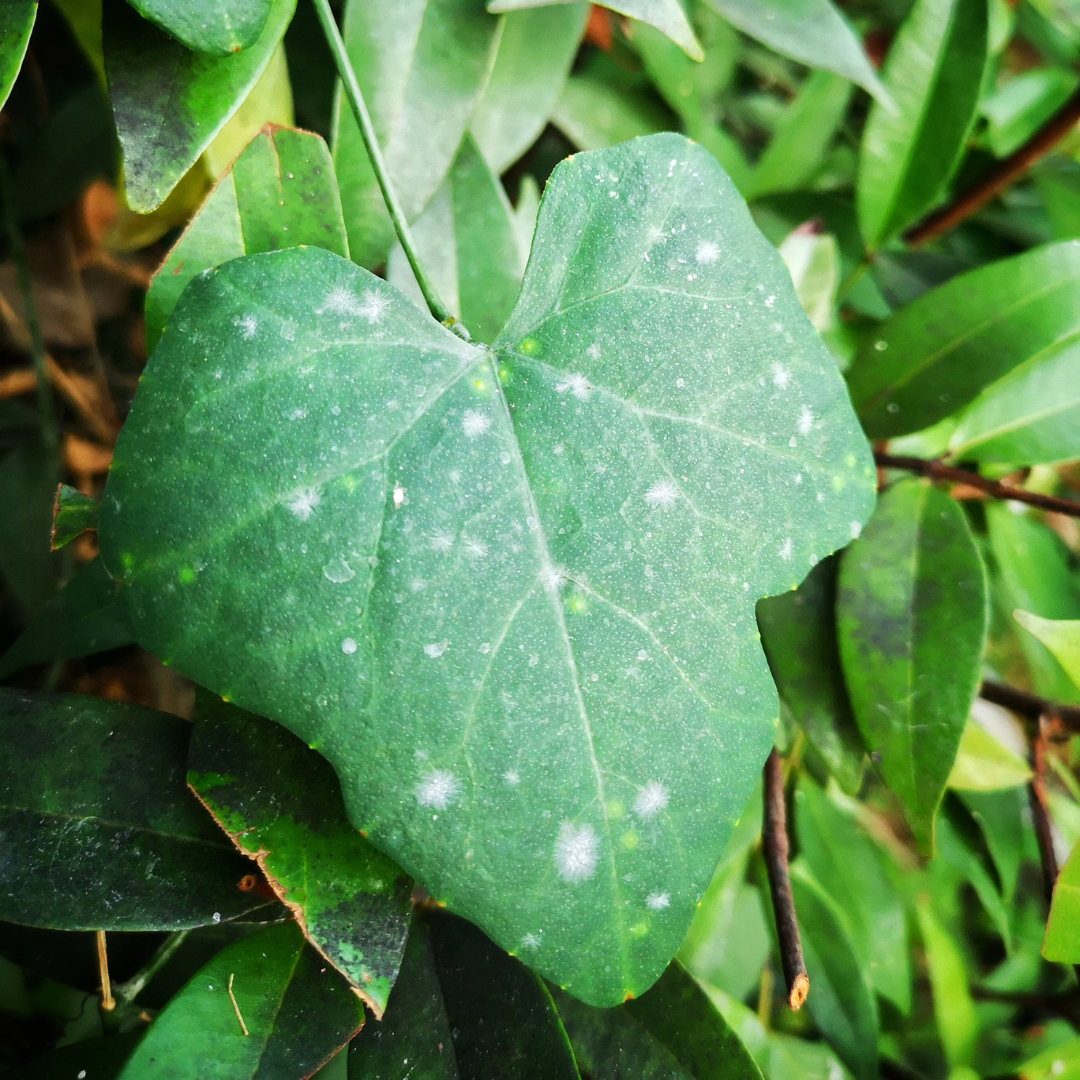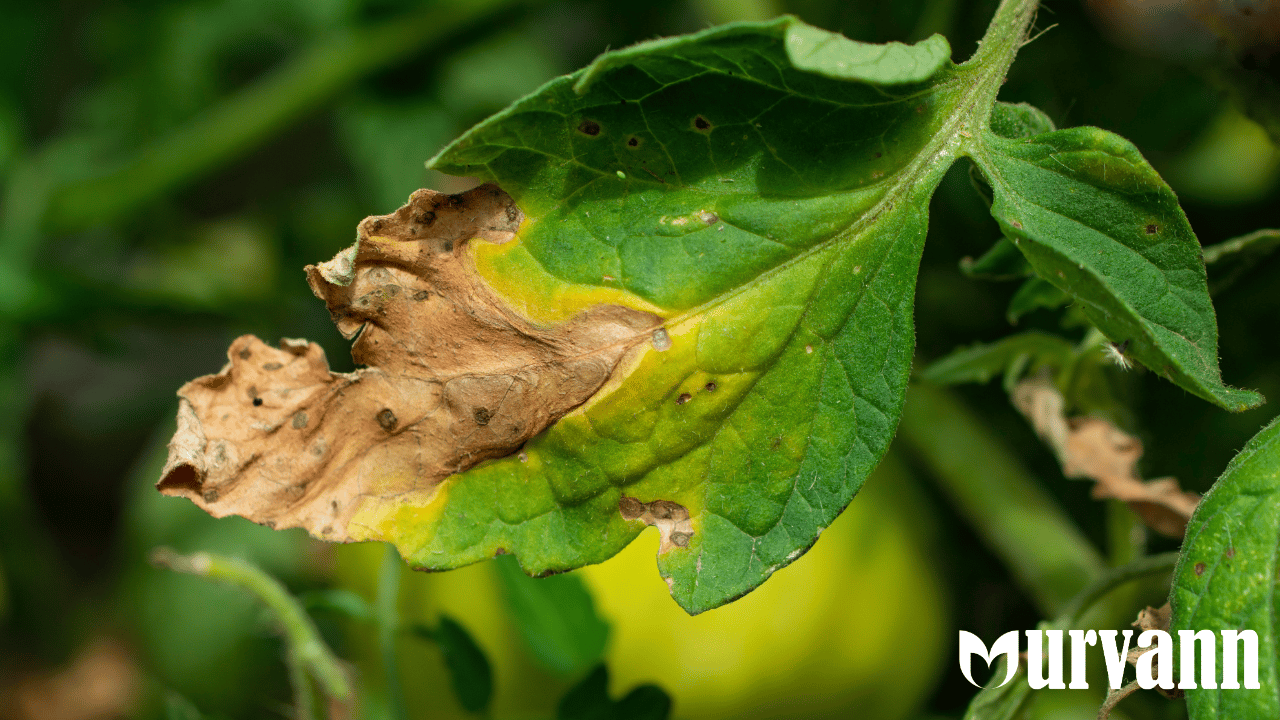Being a plant parent is no easy task. While it’s lovely to watch your favourite greens grow, it can be overwhelming to spot a fungal infestation on your plants. Come on, let’s talk!
Fungus is one of the most commonly found plant diseases, an uninvited guest at your healthy garden party. Beyond those vibrant greens that uplift our moods, it’s a sneaky troublemaker that steals every plant lover’s joy. So, if you’ve been ignoring weird white fuzz, dusty leaves, or yellowing foliage, there’s a good chance your plant is suffering from that neglect.
But don’t worry! Wearing the cape of a plant-protector superhero, let’s head to the home pantry and find some items that can help with your problem of how to remove fungus from plants, and get your plant back to being the star of your windowsill.
What Causes Fungus on Houseplants?
Fungal infection can occur due to several factors. Hence, let's observe our plants closely and take better care of their needs. Here are some pointers that you must
-
Overwatering
One of the most popular reasons is the accumulation of water in the pot. It is the ideal environment for fungus to start taking its shape, which can lead to rot or even the death of the plant. This happens as continuous exposure to water can lower the level of oxygen that reaches the roots, thereby weakening the plant’s defences.
-
Lack of Sunlight
When the warm rays of the sun shower down on your plant, they fulfil many of its essential needs. Without adequate sunlight, plants may start to show signs of distress like yellowing, dull leaves, and stunted growth. Make sure your plant is placed where it can soak up just the right amount of sunlight it needs to thrive.
-
Poor Air Circulation
Sometimes we tend to keep the plants together; here, the scenery might look good, but it restricts the plants from many things. First is proper sunlight, then good air flow. Once the garden area is properly organised, making sure there is enough breathing room between the plants, it results in plenty of ventilation to carry on with the proper growth.
-
Influence of Temperature
Every plant has a certain temperature range in which it thrives. For instance, some indoor plants thrive in the range of 18 to 24 degrees Celsius at night and day. However, when this temperature reaches its extremes, it causes issues in their health, which might be seen as wilting or a rapid spread of plant-related diseases.
-
Soil
Soil is a factor that is often taken lightly by plant parents. But, in the long run, it may become a contamination source or a medium for fungal growth. This happens when the soil that has been contaminated before or the poor soil structure leads to plant problems.
-
Long Periods of Stress
Plant stress often weakens the immune system, thereby exposing the plants to pests and several diseases. It can be the deficiency of water, the unavailability of sunlight, or an inappropriate temperature range.
How to Identify a Fungal Infection on Your Plants?
Different kinds of fungal infections may block the further growth of your favourite green. Here’s how the plant world names it.
- Powdery mildew: It appears as a white powdery or dusty coating on the surface of the leaves.
- Leaf spots: When leaf spots break out, the smooth surface of the leaf is replaced by black and brown dots.
- Root rot: One of the first signs of root rot can be - water taking too much time to be absorbed by the roots, and a musty smell (you may need to unpot the plant to check).
- Wilting: Leaves droop or collapse even when the soil is moist. This could be a sign of overwatering, underwatering, or root damage. A sign that now you should step up for help.
- Rust: Small, reddish-orange or brown spots on the undersides of leaves, making them look like they’ve been dusted with iron filings. It spreads fast, especially in humid conditions.
If you want to read about them thoroughly, here is our blog: Top 10 Fungal Diseases In Plants.
Organic Fungicides For Plants To Get Rid Of Fungal Growth
We get you, dealing with plant diseases can be a bit of a task, but you can easily find some remedies at home to save your garden from any further damage. If you prefer to go the natural way (and your plants will thank you for it), here are some homemade fungicides for plants that can help fight infections without harming your houseplants or the environment.
1. Hydrogen Peroxide
Hydrogen peroxide isn't just for cuts and scrapes, but oh, well, its powerful properties help in breaking the protective layer around fungus. Mix 1 tablespoon of 3% hydrogen peroxide with 1 cup of water, pour it into a spray bottle, and mist the affected parts of your plant. Do not use it extensively, just when there is fungal growth.
2. Neem Oil Spray
Neem oil is a gardener’s best friend. It's a natural pesticide and a homemade remedy for white fungus on plants that kills and prevents future outbreaks. The right mix would be a tablespoon of neem oil and insecticidal soap in a gallon of water. We at Urvann recommend using it as a preventive measure to avoid any such conditions.
3. Milk
Surprisingly, milk works wonders on powdery mildew! The proteins in milk are thought to act as a natural disinfectant when exposed to sunlight. The perfect solution for this home remedy can be 1 part milk with about 8 parts water. It can also be used as a preventive measure every week. However, when your plant is exposed to the disease, you can use it more frequently. You’ll see the best results in full sunlight.
4. Chamomile
Chamomile has mild antifungal properties and can be used as a gentle spray to treat early-stage fungal infections. Steep a chamomile tea bag in hot water, let it cool, then pour it into a spray bottle. Mist your plant once daily until you see improvement.
5. Apple Cider Vinegar
Apple cider vinegar isn’t just for your salad dressing; it’s a powerful, plant-friendly fungicide too! Thanks to its acetic acid content, it can help fight off fungal infections like powdery mildew and black spot. To make a simple spray, mix 1 tablespoon of apple cider vinegar with 1 litre of water. Avoid the time your garden receives the maximum sun exposure, or overdo it to prevent damage to the leaves. Use the solution in the early morning or evening.
5. Baking Soda
Baking soda, or sodium bicarbonate, is often known as an agent that reduces the impact of plant diseases. Just a small amount of baking soda can make a significant difference in adjusting the soil pH (making it more alkaline) and saying goodbye to pests and diseases. We can use baking soda by mixing it with water and preparing a spray. The proportion can be a gallon of water and 1 tablespoon of baking soda. To make it more leaf-friendly, add ½ tablespoon of vegetable oil; this way, it will stick to the leaves where plant diseases reside.
Be A Smarter Plant Parent
For a plant parent, there’s no greater joy than watching the greens reach their best stage and bring about change in the look of your garden. The best way to avoid fungus is to take preventive measures from the start. With the help of this blog, we were also able to tell you the power of the kitchen pantry, especially that spice rack for the plants. Remember to be observant and active when it comes to your garden.
Have Questions? Drop the comments below & we will reach out!
Frequently Asked Questions about How to Remove Fungus from Houseplants
-
How can we kill fungus permanently?
You can’t always kill fungus forever, but you can prevent it from coming back. Remove infected parts, use natural fungicide for plants, avoid overwatering, and improve airflow and drainage. Regular care keeps fungus away.
-
How to get rid of fungus in indoor plants?
Isolate the plant, trim infected leaves, and spray a natural fungicide like neem oil or hydrogen peroxide. Keep the area well-ventilated and avoid soggy soil. Repeat treatments as needed.
-
Can we make a homemade Organic Fungicide?
Yes! Try neem oil spray, baking soda mix, milk spray, or cooled chamomile tea. These DIY remedies are safe and effective for mild fungal infections.
-
Can we use turmeric on plants?
Yes, turmeric has antifungal properties. You can sprinkle it on the soil or mix it with water to apply to infected spots. Use in small amounts.


